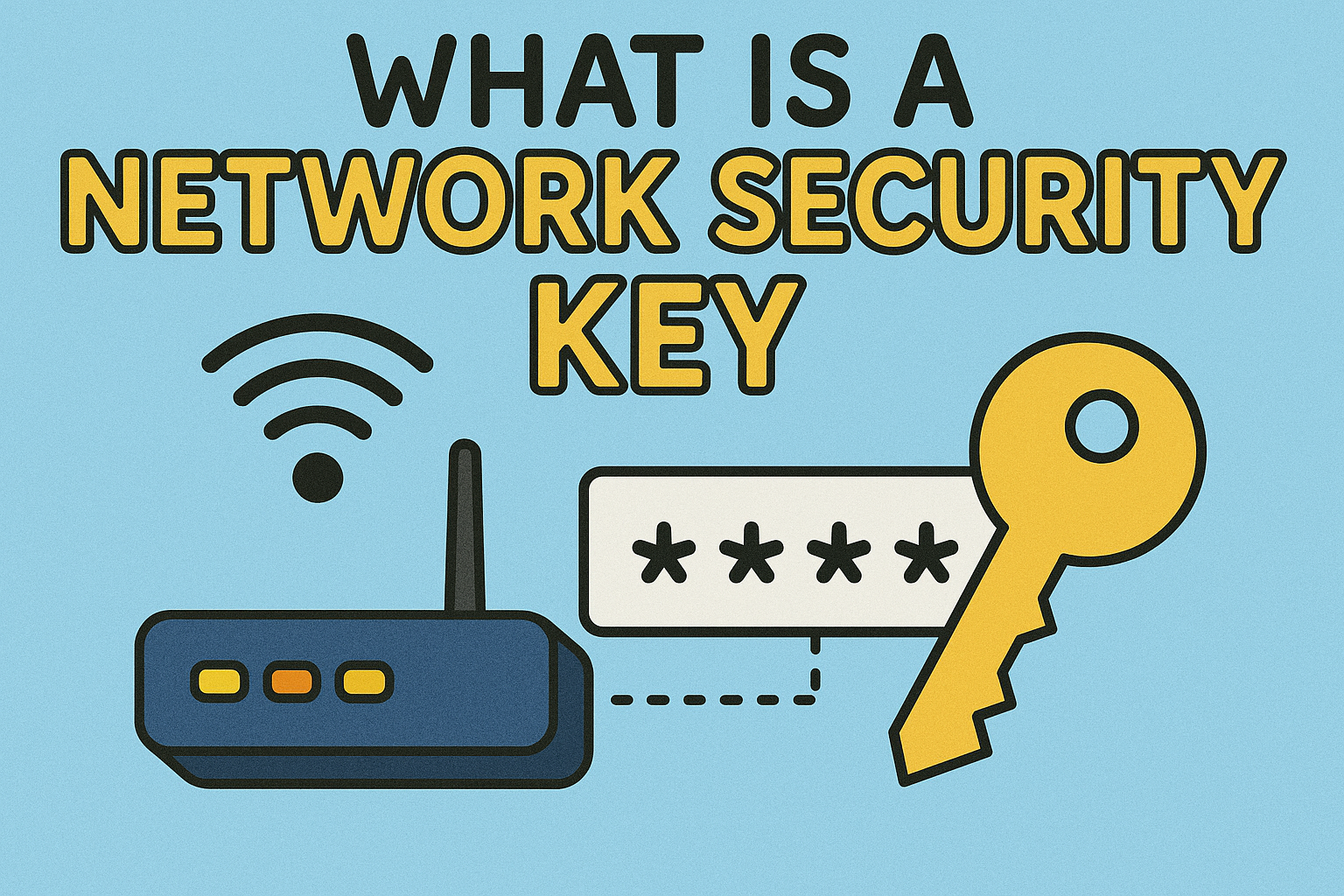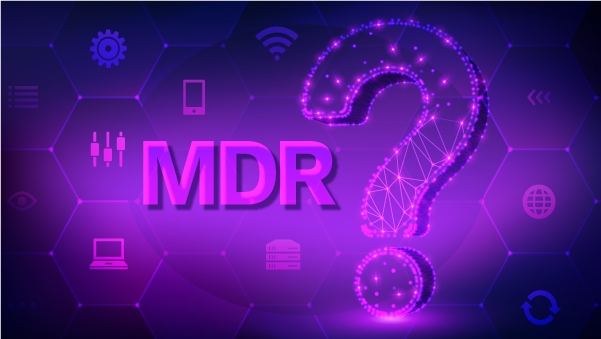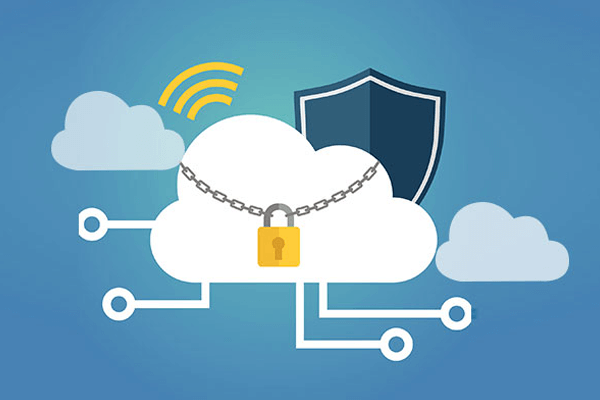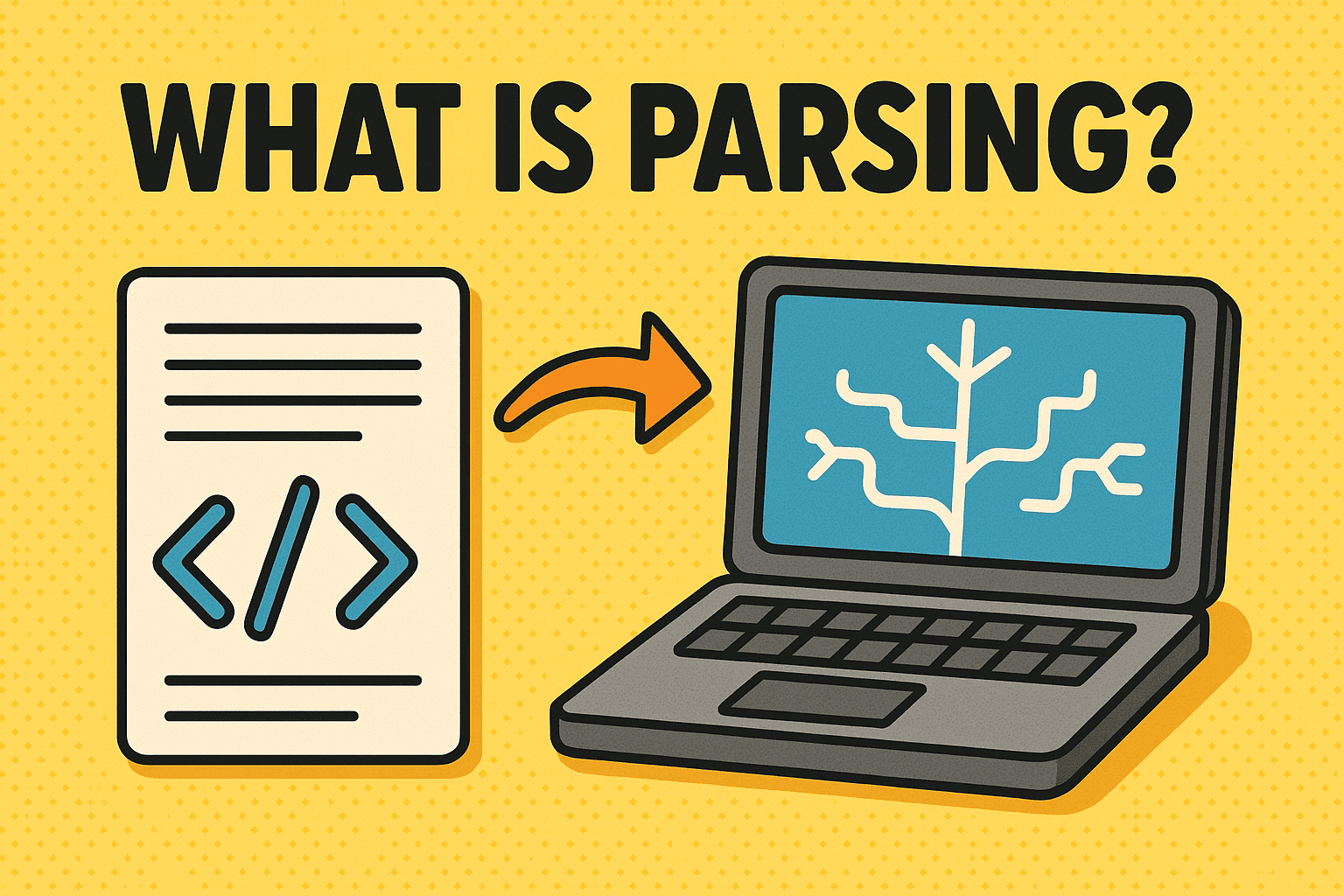What Is the Core of a CPU? A Complete Technical Guide for IT & Cybersecurity Teams
Updated on November 13, 2025, by Xcitium
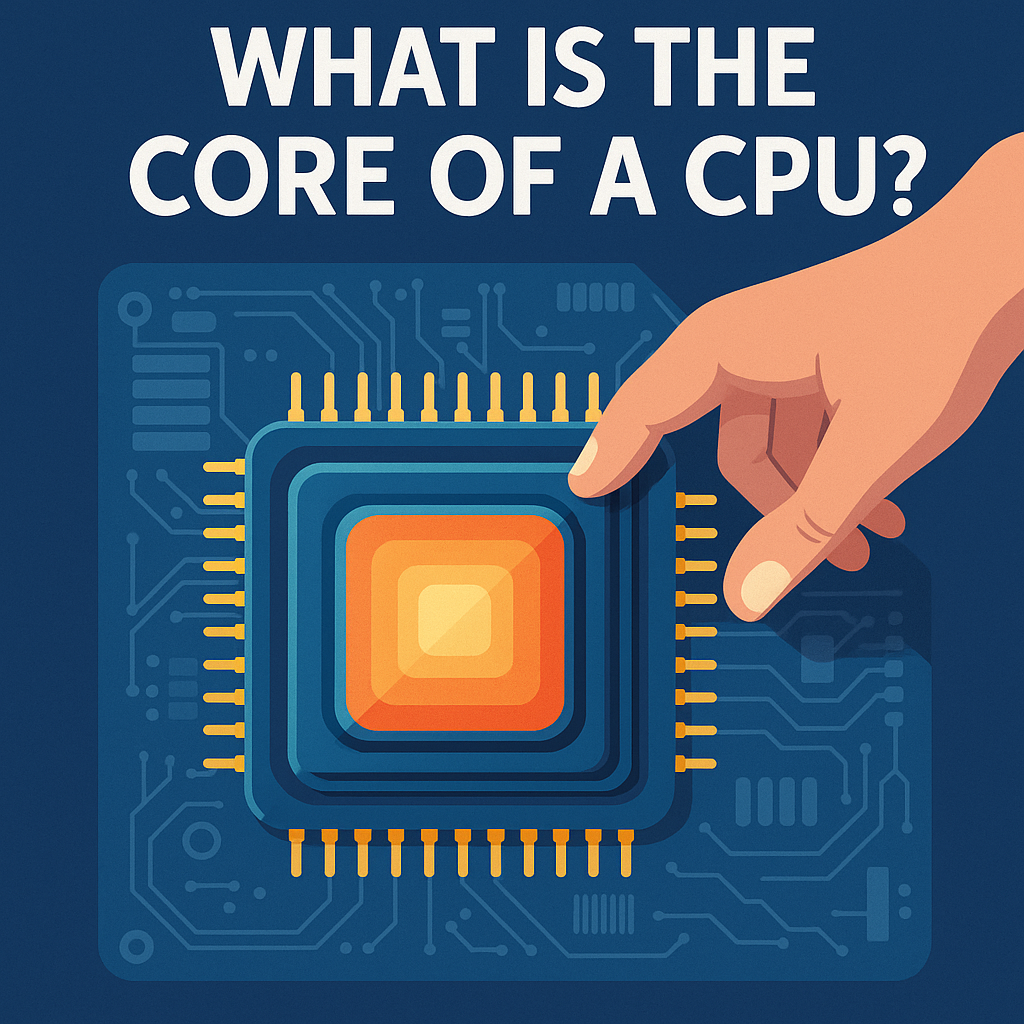
If you’ve ever wondered what is the core of a CPU, you’re not alone. Understanding how CPU cores work is essential not only for IT performance management but also for cybersecurity, virtualization, and secure enterprise computing. Modern organizations rely on multi-core processors for everything—from endpoint protection to AI workloads to cloud threat analysis—yet many leaders underestimate how CPU cores influence overall security posture.
In this guide, we break down what a CPU core is, how it works, why it matters for cybersecurity, and how IT teams can optimize systems for both performance and protection.
What Is the Core of a CPU? (Simple Definition)
A CPU core is the processing unit inside a computer’s central processing unit (CPU) that performs operations, runs instructions, and executes tasks. Each core acts like an individual “brain” within the processor.
The more cores a CPU has, the more tasks it can handle simultaneously.
Today’s enterprise devices commonly use CPUs with:
-
Dual-core (2 cores)
-
Quad-core (4 cores)
-
Hexa-core (6 cores)
-
Octa-core (8 cores)
-
Multi-core (16, 32, 64+ cores) for servers and security analytics
In cybersecurity environments—especially those involving EDR, MDR, threat hunting, AI risk analysis, and sandboxing—the number of CPU cores has a direct impact on system responsiveness, detection speed, and parallel workload processing.
How CPU Cores Work: A Technical Breakdown
A CPU reads and executes machine instructions. Instead of having one core doing all the work, multi-core processors divide instructions across multiple pathways.
Inside Every CPU Core:
-
ALU (Arithmetic Logic Unit): Performs math and logical operations.
-
Registers: Store temporary values.
-
Control Unit: Directs instruction flow.
-
Cache (L1/L2/L3): Accelerates access to frequently used data.
-
Pipelines: Break down tasks into steps to speed execution.
When IT teams ask “what is the core of a CPU?” the practical meaning is this:
👉 A CPU core is the part of the processor that actually performs the computation needed to run apps, OS functions, and security tasks.
Why CPU Cores Matter for IT & Cybersecurity
1. Faster Threat Detection
Security software such as:
-
EDR agents
-
Real-time antivirus
-
Sandboxing technologies
-
Zero-trust validation engines
-
Behavioral analytics
…all rely on CPU compute power. More cores mean your system can:
-
Monitor processes
-
Scan memory
-
Analyze system calls
-
Detect anomalies
—without slowing the system down.
2. Improved Virtualization & Remote Workloads
Virtual machines split system resources, including your CPU cores.
More cores =
✔ More VMs
✔ Better isolation
✔ Lower latency
✔ Stronger security segmentation
This is crucial for:
-
SOC analysts
-
Cloud security engineers
-
DevSecOps environments
3. Better Performance for AI-Based Security Tools
Tools that use machine learning or AI models require:
-
Parallel processing
-
Vector operations
-
High compute throughput
More cores = faster inference, detection, and anomaly analysis.
4. Enhanced Endpoint Security
Modern endpoint security solutions perform:
-
Real-time telemetry
-
Behavioral tracking
-
Isolation logic
-
Containment analysis
Without enough CPU cores, endpoint protection can lag—leaving gaps in your defense.
Types of CPU Cores Explained
1. Single-Core CPU (Obsolete)
Only one core to process everything.
Rare in modern systems.
2. Multi-Core CPU (Standard Today)
Two or more cores built into one chip.
3. Hyper-Threaded / SMT Cores
Each physical core executes two instruction threads.
More efficient for:
-
Parallel tasks
-
Security scans
-
Background monitoring
4. Performance vs. Efficiency Cores (Hybrid Architecture)
Introduced in Intel’s Alder Lake architecture:
-
P-cores: High performance
-
E-cores: Energy efficient
Hybrid CPUs help security teams run background monitoring without slowing user activities.
CPU Cores and Enterprise Security Architecture
IT managers and CISOs often overlook how much CPU capacity their security stack consumes.
Security tools that rely heavily on CPU cores:
-
EDR & MDR security platforms
-
Sandboxing and detonation systems
-
Zero Trust Access control
-
Network detection and response (NDR)
-
SIEM and log correlation
-
Encryption and decryption engines
-
Virtual desktop infrastructures (VDI)
CPU core shortages cause:
❌ Delayed threat detection
❌ Endpoint slowdowns
❌ Failed or incomplete security scans
❌ VM lags and crashes
❌ Lower SOC efficiency
To maintain a healthy cyber-defense posture, your endpoints and servers must have sufficient CPU core capacity for both productivity and protection.
CPU Cores vs. CPU Threads: Are They the Same?
No — but they are related.
| CPU Cores | CPU Threads |
|---|---|
| Physical processing units | Virtual/logical processing units |
| Execute instructions | Help manage task scheduling |
| More cores = more tasks | More threads = better multitasking |
| Hardware-based | Software-assisted |
For IT operations and cybersecurity, a combination of more cores + multiple threads results in:
-
Faster scans
-
Better parallel analysis
-
Higher workload capacity
How Many CPU Cores Do Businesses Really Need?
For Regular Office Use
-
4–8 cores
Sufficient for normal productivity + endpoint protection.
For IT Teams, Developers, and Analysts
-
8–16 cores
Needed for virtual machines, debugging, log analysis.
For Cybersecurity Teams
-
16–32 cores
Ideal for running: -
SIEM
-
EDR
-
MDR
-
AI detection
-
Log correlation
-
Continuous monitoring
For Enterprise Servers
-
32–64+ cores
Required for: -
Large-scale threat analysis
-
Cloud workloads
-
Security operations centers (SOCs)
How CPU Cores Improve Cybersecurity Technologies
1. Sandboxing & Zero-Day Detection
Behavioral detonation requires running suspicious files in isolated VMs.
More cores = faster isolation + faster verdicts.
2. EDR Endpoint Protection
EDR agents constantly monitor:
-
File activity
-
Memory
-
OS calls
-
Registry behavior
More cores = real-time detection without user slowdown.
3. Network Security Tools
NDR and network analytics need:
-
Packet inspection
-
Real-time analysis
-
ML-based detection
More cores = more throughput.
4. Encryption & Secure Access
Encryption algorithms consume CPU resources.
Multi-core CPUs accelerate:
-
TLS
-
VPN
-
ZTNA
-
Certificate validation
Signs Your System Needs More CPU Cores
-
Security scans take too long
-
EDR alerts delay or fail
-
VMs sluggish or freezing
-
Apps lag under multiple processes
-
High CPU usage consistently
-
SOC tools bottleneck under load
If you experience these issues, upgrading CPU core count or optimizing workloads is essential.
Best Practices for CPU Optimization in IT Security Environments
1. Dedicate Core Reservations for Security Tools
Especially for SIEM, EDR, NDR, and VMs.
2. Enable Hardware Virtualization (VT-x/AMD-V)
Improves sandboxing and VM performance.
3. Use Hybrid Core Architectures
Separate performance vs. background tasks.
4. Run Security Workloads on Server-Class CPUs
Xeon, EPYC, or ARM server processors.
5. Monitor CPU Usage in SOC Environments
Track via:
-
SIEM
-
EDR dashboards
-
Windows Resource Monitor
-
Linux Sysstat
Conclusion: CPU Cores Are Critical for Cybersecurity Performance
Understanding what is the core of a CPU is more than just an IT fundamentals question—it directly affects system protection, threat detection speed, and endpoint resilience. With modern cyberattacks evolving rapidly, organizations must ensure their endpoints and servers have adequate CPU resources to support advanced defensive tools.
A weak CPU means slow systems.
Slow systems mean delayed detection.
Delayed detection means higher risk exposure.
Looking to strengthen your cybersecurity posture?
👉 Get a free demo of enterprise-grade threat protection:
https://www.xcitium.com/request-demo/
FAQ: What Is the Core of a CPU?
1. How many cores should my CPU have?
For standard business use: 4–8 cores.
For cybersecurity workloads: 16–32 cores.
2. Is a CPU with more cores always better?
Yes—especially for multitasking, security scanning, virtualization, and analytics. But core speed also matters.
3. Are CPU threads the same as CPU cores?
No.
A core is a physical processor.
A thread is a virtual task-handling channel.
Together, they boost performance.
4. Do more CPU cores improve security software performance?
Absolutely. EDR, SIEM, MDR, AI detection, scanning engines, and sandboxing all depend heavily on CPU processing power.
5. What happens if my CPU doesn’t have enough cores?
-
Slow scanning
-
Delayed threat detection
-
VM lag
-
System freezes
-
Lower security protection




